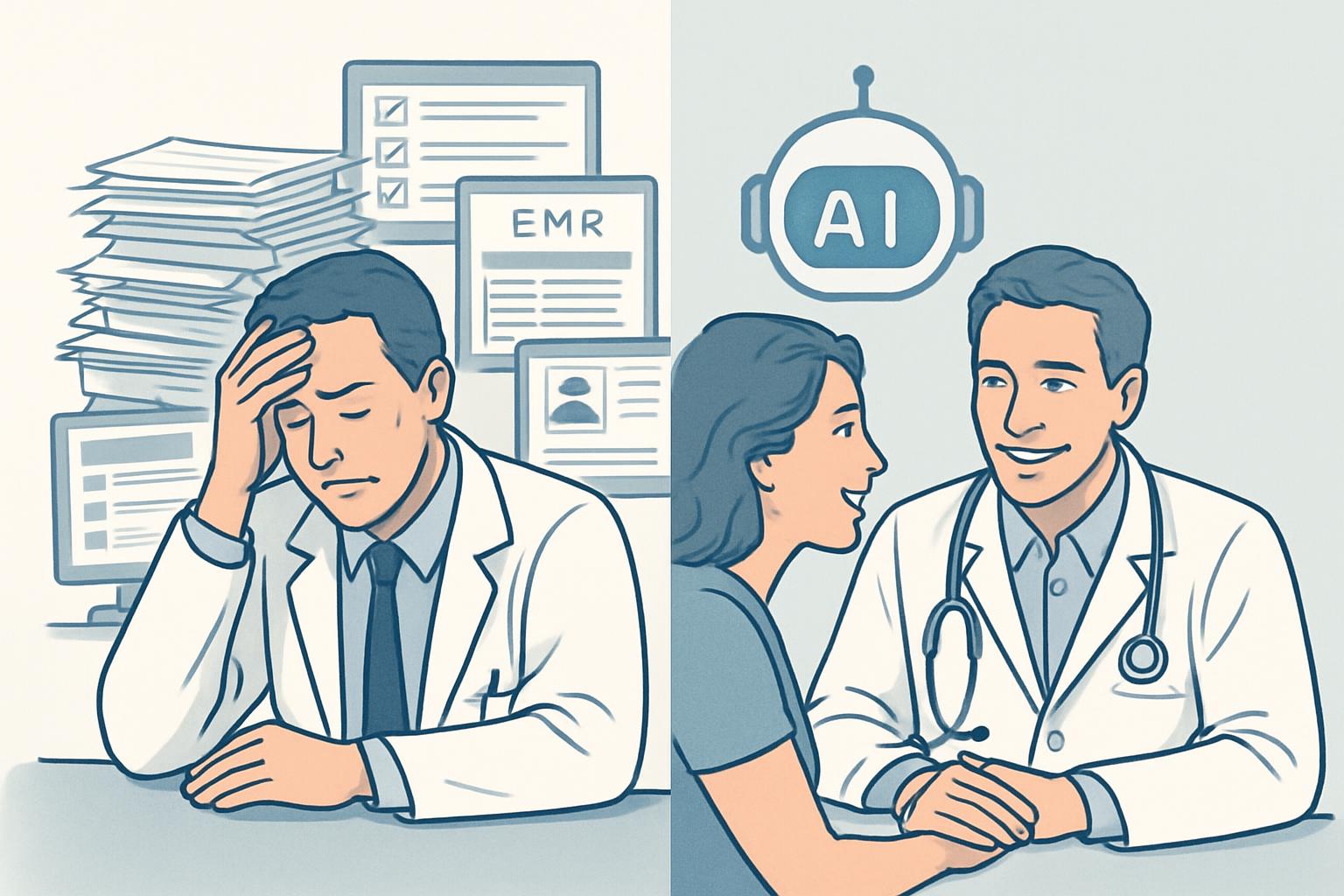Introduction: The Physician Burnout Epidemic
Physician burnout has reached epidemic proportions, posing a significant threat to the well-being of healthcare providers, the quality of patient care, and the sustainability of the healthcare system itself. Defined as a syndrome characterized by emotional exhaustion, depersonalization (treating patients as objects rather than human beings), and a reduced sense of personal accomplishment, burnout affects physicians across all specialties and career stages. The demanding nature of medicine, coupled with systemic pressures, has created an environment where clinicians feel overwhelmed, undervalued, and disconnected from the core purpose of their profession – healing patients.
The consequences are severe, ranging from increased medical errors and lower patient satisfaction to higher rates of physician depression, substance abuse, and even suicide. Addressing physician burnout is not just about improving doctors’ lives; it’s a critical imperative for maintaining a functional and compassionate healthcare system.
While the problem is multifaceted, a major contributing factor is the overwhelming administrative burden placed on physicians. This is where Artificial Intelligence (AI) medical staff, like the solutions offered by Simbie AI, present a promising intervention. By automating repetitive, time-consuming administrative tasks, AI can free up physicians to focus on patient care, potentially reducing workload, restoring a sense of control, and mitigating key drivers of burnout. This article explores the significant impact AI medical staff can have on reducing physician burnout and improving mental well-being within the healthcare workforce.
Understanding the Drivers of Physician Burnout
To appreciate how AI can help, we must first understand the primary factors contributing to physician burnout:
Excessive Workload and Administrative Tasks
Physicians consistently report spending an inordinate amount of time on tasks unrelated to direct patient care. This includes charting in Electronic Medical Records (EMRs), managing patient messages, handling prescription refills, dealing with insurance paperwork (like prior authorizations), and coordinating care. This administrative overload detracts from clinical duties and extends the workday significantly.
Loss of Autonomy and Control
Increasing regulations, complex documentation requirements, and productivity pressures can leave physicians feeling like cogs in a machine, with little control over their schedules, workflows, or clinical decisions. This lack of autonomy is a major source of frustration and dissatisfaction.

